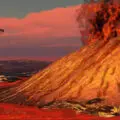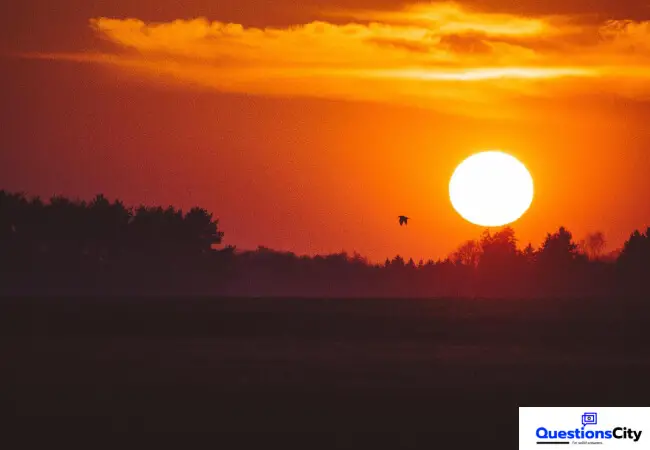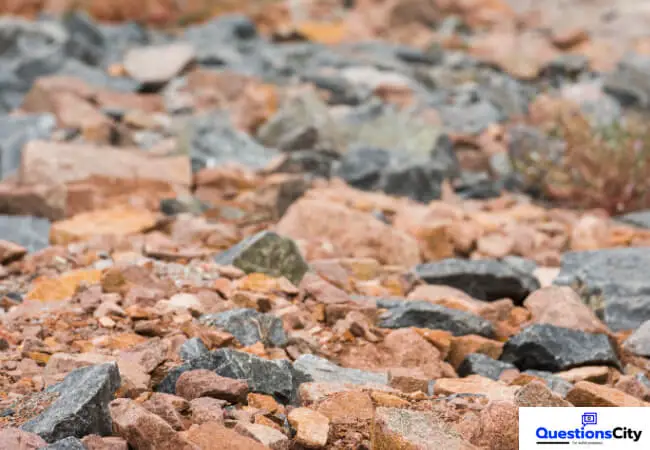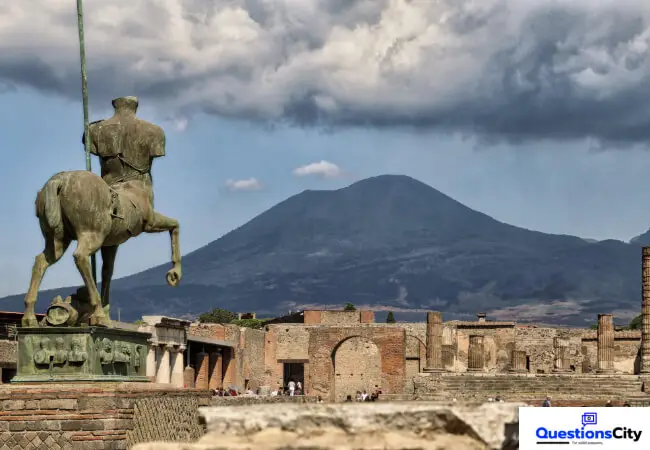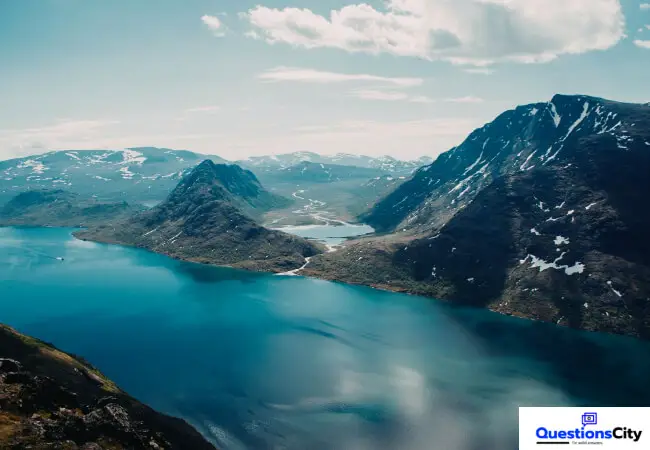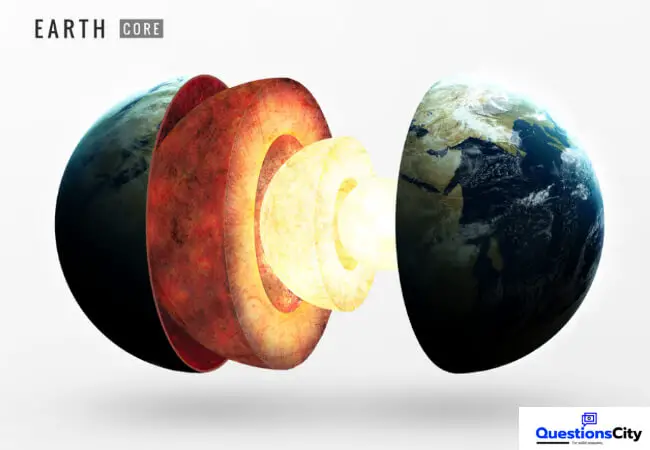Last Updated on August 1, 2021 by
In February 1943, in the middle of a cornfield in Mexico, people saw a rare and amazing thing taking place. A volcano was being born! In three months it had formed a cone about 300 meters high. Two towns were destroyed and a wide area damaged by the falling ash and cinders.
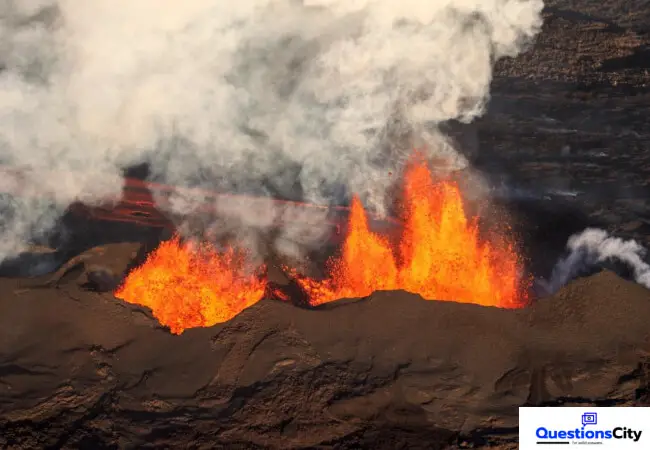
What makes a volcano form? The temperature under the surface of the earth becomes higher and higher the deeper you go down. At a depth of about 20 miles, it is hot enough to melt most rocks.
When rock melts, it expands and needs more space. In certain areas of the world, mountains are being uplifted. The pressure becomes less under these rising mountain ranges, and a reservoir of melted rock (called “magma”) may from under them.
This material rises along cracks formed by the uplift. When the pressure in the reservoir is greater than the roof of rock over it, it bursts forth like a volcano.
In eruption, hot gaseous liquid, or solid material is blown out. The material piles up around the opening, and a cone—shaped sound is formed. The “crater” is the depression at the top of the cone where the opening reaches the surface. The cone is the result of a volcano.
The material coming out of a volcano is mainly gaseous, but large quantities of “lava” and solid particles that look like cinders and ash are also thrown out.
Actually, lava is magma that has been thrown up by the volcano. When the magma comes near the surface, the temperature and the pressure drop, and a physical and chemical change takes place that changes the magma to lava.
Can You Walk In Lava?
As long as you can bear the heat, it means lava is strong enough for you to walk on it.
What is volcano short answer?
Volcanoes are massive, hot, and dirty. They release lots of (dirt) stuff like ash, lava, rocks, and poisons that would make your 90s hair metal band think twice about performing live.
Where are volcano found?
Where are volcanoes found? Despite their power and destructive capacity, active volcanoes are often found in the most inhospitable places, such as Antarctica or the depths of the ocean.
What’s the largest volcano?
Mauna Loa

